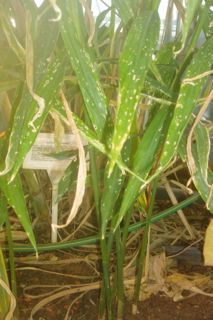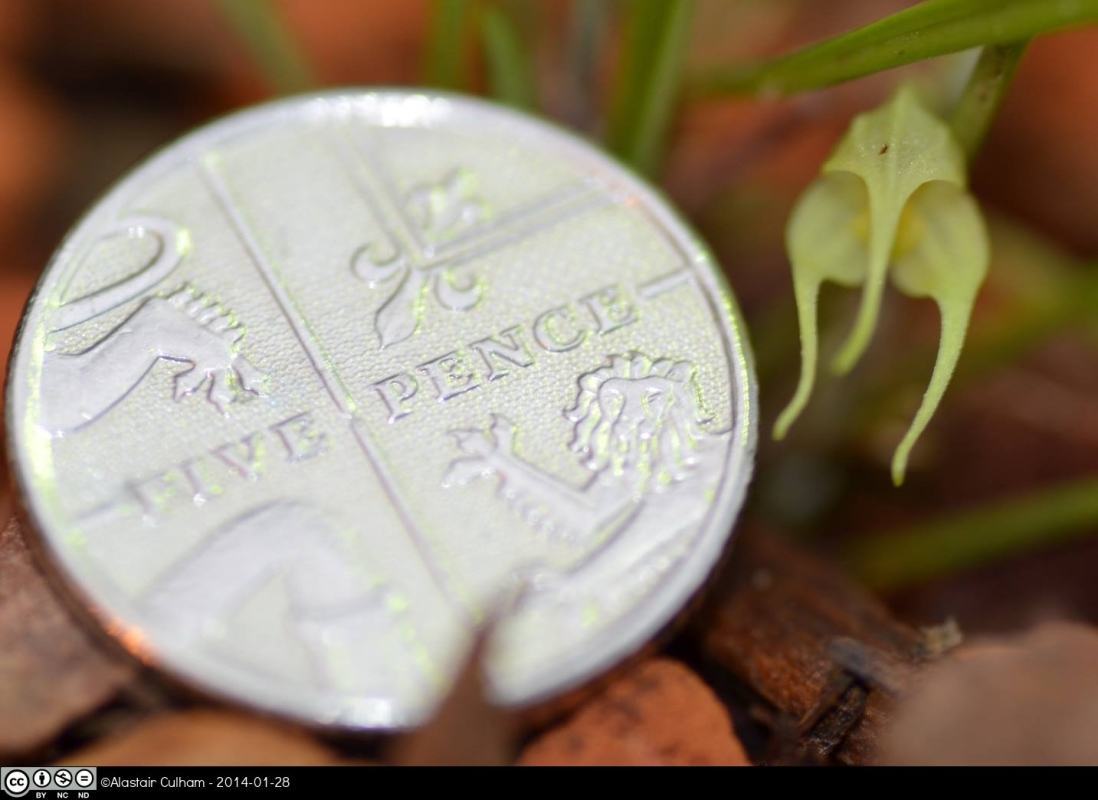
Zingiber officinale in the Tropical Glasshouse. Photo by Jan Walpole
In the cold, wet, dreary days of a British winter, a warming spice from a tropical country may be just the thing to lift the spirits. Valued both as a spice and as a medicinal herb in India and China since ancient times, Ginger, or Zingiber officinale, is one of the most popular spices worldwide and is widely used in food, medicines, drinks and toiletries around the globe.
In Europe, during the 13th and 14th centuries, it was second only to pepper (Piper nigrum) in its popularity and at the time of Henry VIII it was believed to ward off plague (Ravindrun and Babu, 2005; Purseglove, 1981). More recently, research has taken place into the medicinal properties of the plant and exciting new therapeutic applications are still being found. Continue reading →







